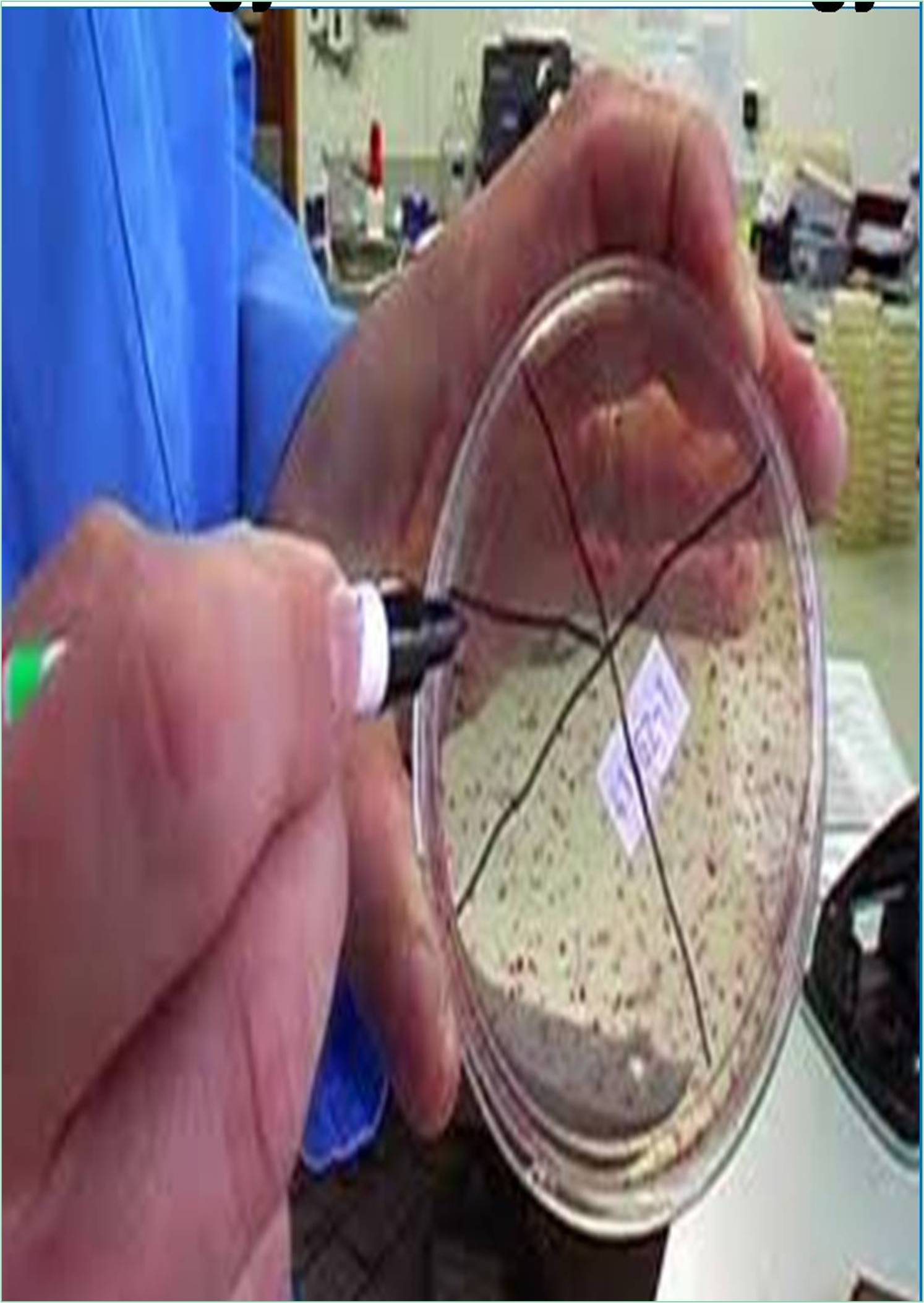



Received: 04-Mar-2022, Manuscript No. GJVI- 22-59559; Editor assigned: 07-Mar-2022, Pre QC No. GJVI- 22-59559(PQ); Reviewed: 28-Mar-2022, QC No. GJVI- 22-59559; Revised: 04-Apr-2022, Manuscript No. GJVI- 22-59559(R); Published: 11-Apr-2022, DOI: 10.15651/GJVI.22.2.2
Bacteriophage is also a phage or a group of viruses infected with bacteria. Bacteriophage has been discovered by Frederick W. T-Word in France, England (1915). D`hérelle coined the term bacteriophage, which means “Bacterial food” to explain the bactericidal ability of drugs. Bacteriophage is also known to archaeological prokaryotes.
Nature of bacteriophage
There are thousands of phage species, each of which can only infect one or several types of bacteria or archaea. Phages are classified into several viral families. Some examples include Innoviridae, Microviridae, Rudiviridae, and Tectiviridae. Like all viruses, phages are simple organisms consisting of a core of genetic material (nucleic acid) surrounded by protein capsids. The nucleic acid can be either DNA or RNA, and can be double-stranded or single-stranded. Phage has three basic structural morphologies. Tailed icosahedron (20-sided) head, tailless icosahedron head, and filamentous morphology.
Life cycle of bacteriophage
During infection, phage adheres to bacteria and its genetic material is inserted into cells. The phage is then usually followed by one of two lifecycles, solubility (toxicity) or lithogeny (temperate). The dissolution phage takes over cell machines to produce phage components. They release destruction or Lysis of cells and new phage particles. The resulting phage comprises those nucleic acids in the host cell chromosome and replicate with him as a unit without destroying the cells.
Under certain conditions, lysogenic phage can be induced to follow the lytic cycle. There are other life cycles, including pseudo lysogenic and chronic infections. In pseudo lysogenicity, bacteriophage enters into cells but do not inherit the cell replication mechanism or stably integrate into the host genome. Pseudo lytic properties occur when a host cell encounters adverse growth conditions and plays an important role in phage survival by allowing the maintenance of the phage genome until the host’s growth conditions are again favourable. In chronic infections, new phage particles are continuously produced over a long period of time, but there is no apparent cell death.
Virulent bacteriophage-lytic cycle (cytoplasmic virus replication)
Toxic bacteriophages work for our benefit and their benefit. This type of bacteriophage uses the lytic cycle for replication. The lysis, or lytic cycle, is a cytoplasmic viral replication process that allows bacteriophage to inject its genetic material into host cells and allow the genetic material to replicate and produce many new phages. When the host cell is filled with new bacteriophage, the host cell rejoices from within and releases the newly formed phage. It is important to note that all bacteriophage used in phage products and phage therapies are in toxic phage.
Temperate bacteriophage-lysogenic cycle
Temperate bacteriophage is a type of bacteriophage that uses a lysogenic cycle for replication. The lysogenic cycle is the cycle in which a phage injects its genetic material into a host, which invades the host’s genetic material and becomes a prophage rather than rapidly replicating. It becomes part of the host’s genetic material, and as the host cell divides, the temperate phage’s genetic material also undergoes a replication process. The lysogenic bacteriophage remains in this symbiotic state. It does not harm the host cell, but silently uses the resources provided by the host cell. However, when the lysogenic bacteriophage feels pressure or its survival is threatened, it has the ability to switch from the lysogenic cycle to the lytic cycle, allowing rapid replication of newly formed phage that escape from the host cell brings Bacteriophages that have the capability to undergo the lysogenic cycle, i.e. temperate phage, assess and choose the cycle that they see fit in accordance to the environment they find themselves in, whether to go for the lytic or lysogenic cycle.
Phage therapy
Soon after making their discovery, Twort and d`Hérelle began to use phage in treating human bacterial diseases such as bubonic plague and cholera. Phage therapy was not successful, and after the discovery of antibiotics in the 1940s, it was virtually abandoned. With the rise of antibiotic resistant bacteria, however, the therapeutic potential of phage has received renewed attention.